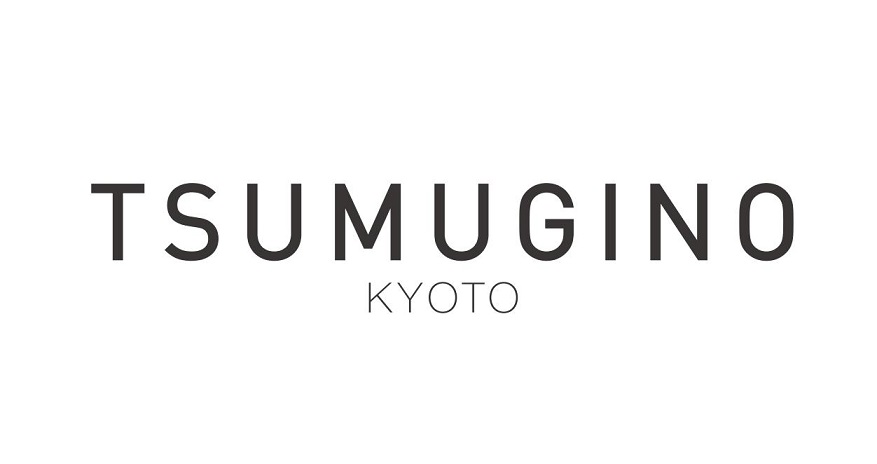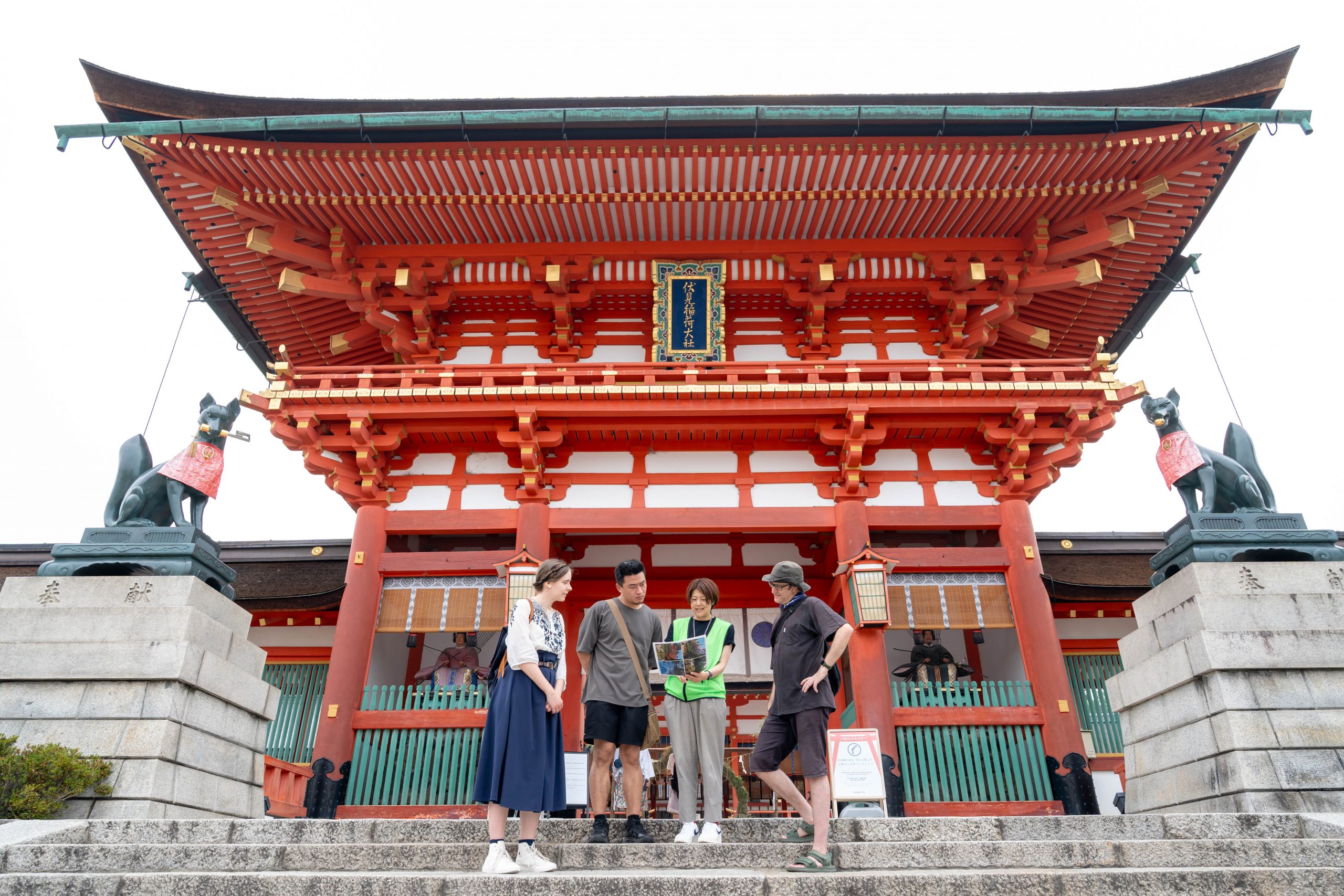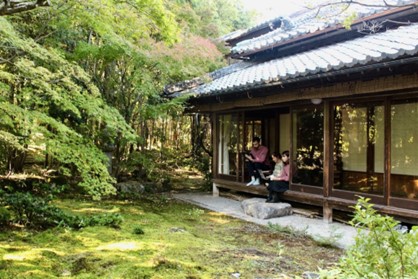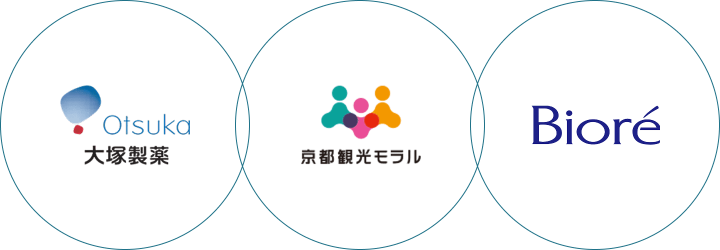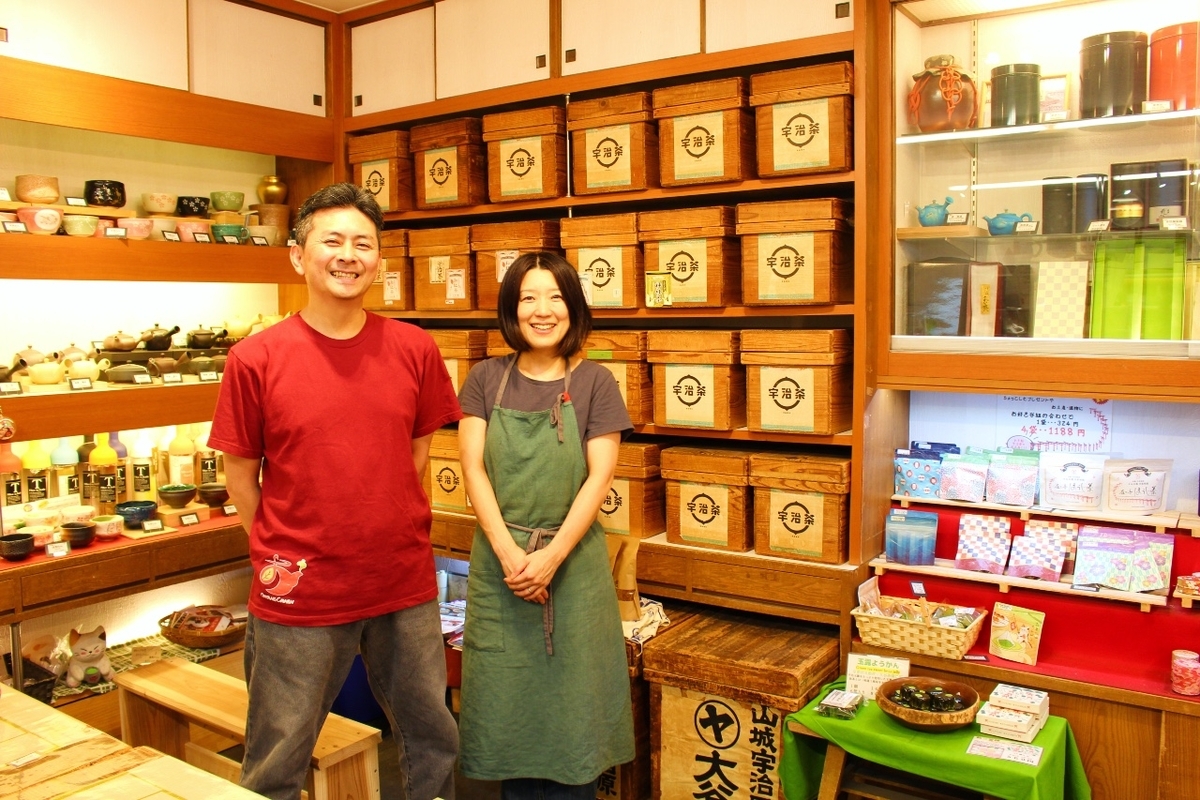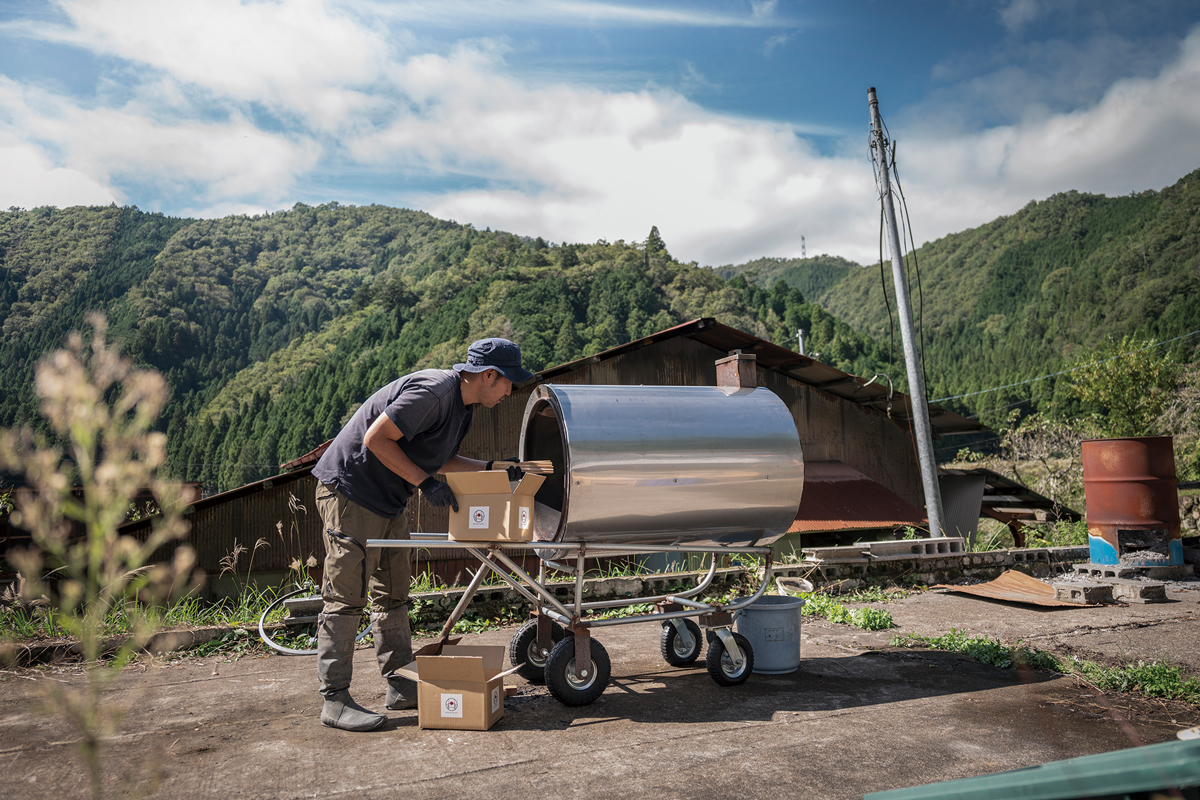
CHOPSTICKS CHANGE THE FUTURE
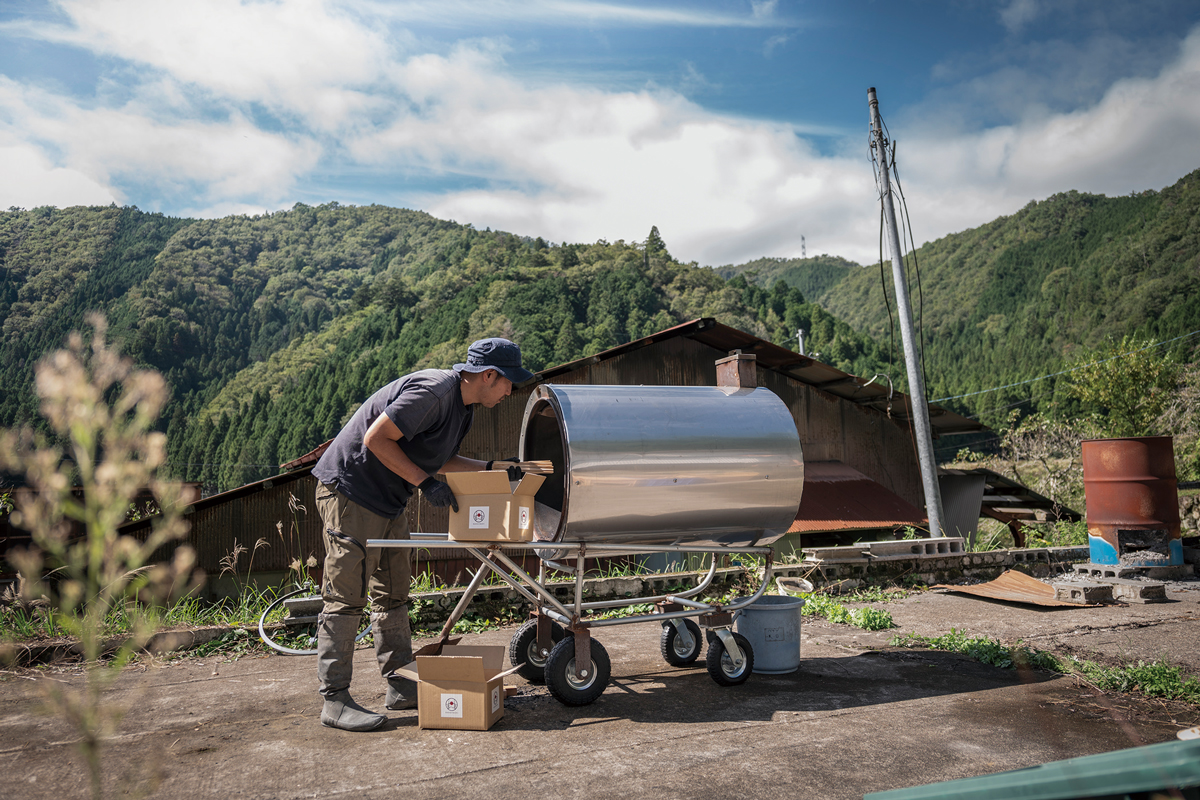
Putting used chopsticks in the specially-made charcoal maker at Mumokuteki Farm in Miyama, Kyoto Prefecture
Disposable chopsticks that can reduce CO2 emissions the more you use them?
You hear people say, “The Earth is in danger if we continue to live as we do,” or “Let’s reduce CO2 emissions to zero, in order to stop global warming,” and you might still feel like this is about something happening in a faraway world. But the world we live in is really beginning to change, and various efforts are taking place even in our surroundings, even in the types of things we see everyday. What would you think if you were told that using disposable chopsticks made in Japan could help to reduce CO2 emissions? A project called Kakehashi: Chopsticks for the Earth and Life is making this possible. [the word “hashi” for chopsticks is homophonic to “bridge” in Japanese. Thus, the project name “kakehashi” conveys hope in chopsticks becoming a “bridge” to a sustainable future]
The method is very simple. Used chopsticks are collected from restaurants, turned into charcoal using a specially-made charcoal maker, and plowed into fields (more details below). The charcoal then conditions the field’s soil so that it can produce wholesome vegetables.
Just a pair of chopsticks can change your perception a little. It’s just a small change. But a small step can surely lead to something bigger.
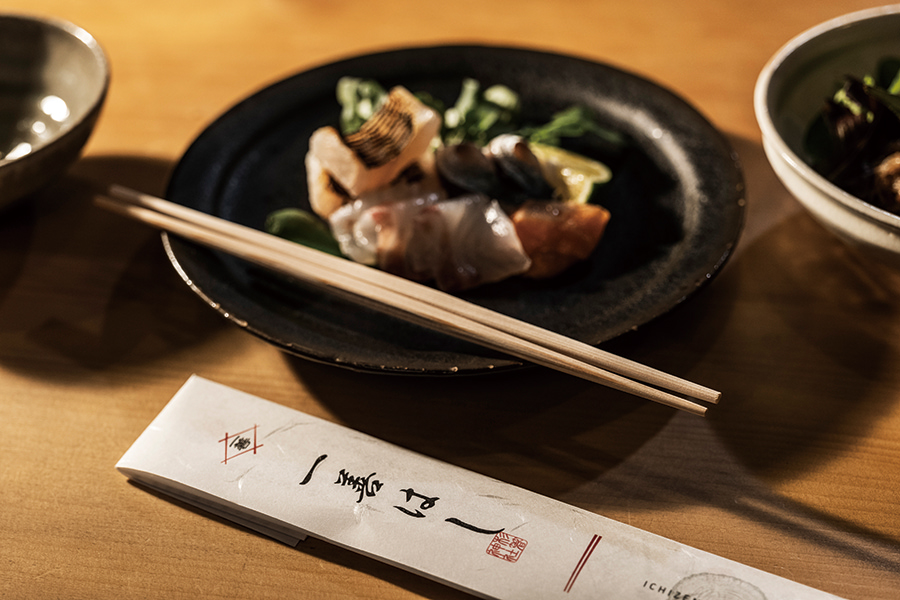
The Ichizen Hashi disposable chopsticks made from timber produced in Japan. Each sleeve conceals an omikuji fortune. [The word “ichizen” means “one good” and is also homophonic to “one pair” in Japanese. Thus, the reader can infer, “a pair of chopsticks for the good.”]
A little-known fact: Disposable chopsticks are actually environment-friendly
Some might ask: “But wait, aren’t disposable chopsticks a waste of forest resources?” That was the common assumption. Yet data shows that using “domestically” made disposable chopsticks are almost as environmentally friendly as always using the regular, reusable ones.
Disposable chopsticks were originally made from leftover parts of wood used for building material or wood obtained through forest thinning to bring in sunlight in the course of forest conservation. As such, making disposable chopsticks has been a way to effectively use extra forest resources. But here we’re talking about domestically produced disposable chopsticks, which are rarely used today compared to the relatively low-cost, imported chopsticks.
The Ichizen Hashi chopsticks used at restaurants participating in the Kakehashi project are made from Japanese cedar and Japanese cypress grown in Yoshino, Nara prefecture, and a portion of the sales is used to support local forestry. The chopsticks come in a sleeve with a fun design that tells a fortune when opened. They’re made with the wish for everybody’s happiness and gratitude to the planet Earth and its forests.
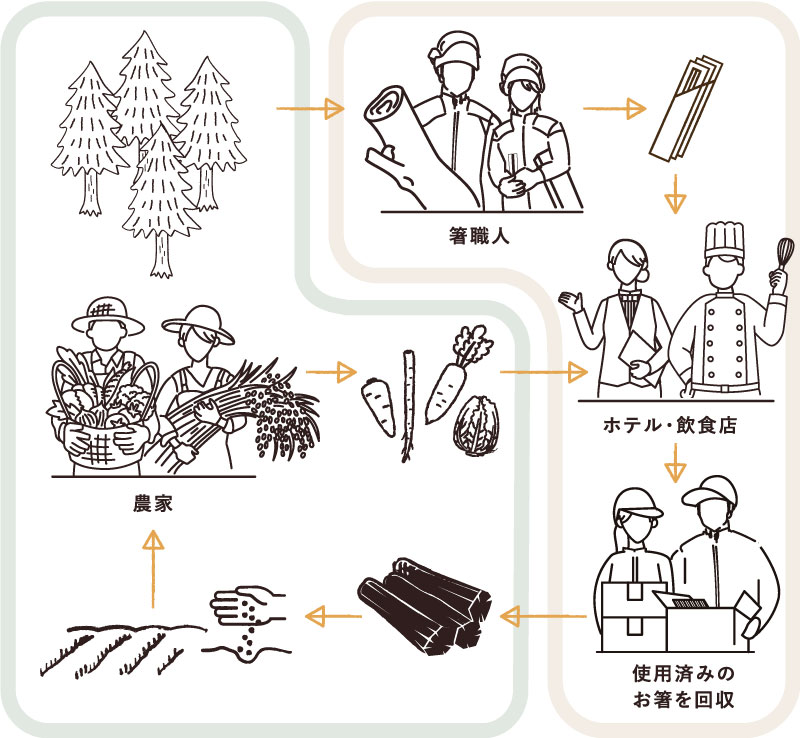
Figure: Farmers, chopstick makers, hotels and restaurants, collecting used chopsticks
The chopsticks are made from domestically produced timber from forest thinning, used at hotels and restaurants, and then collected and brought to a farm and turned into charcoal using a specially-made charcoal maker. The charcoal is put into the soil, which then produces delicious vegetables, thus creating a small sustainable cycle.
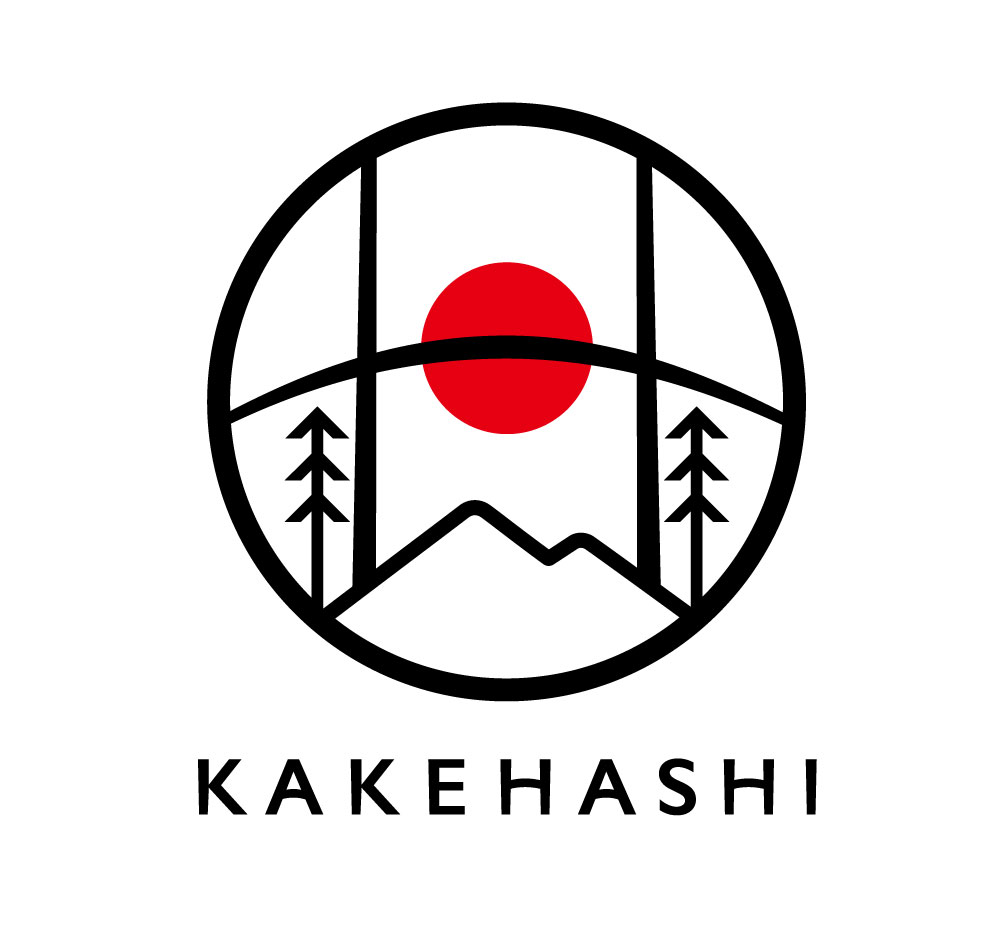
The logo used across the project was designed by Yoshimi Fujita. It has an “H” for hashi (English: chopsticks or its homophone, bridge) in the form of a bridge in front of a rising sun, symbolizing a sustainable step into the future through circular use of natural resources.
The path towards net zero carbon beginning from the Kyoto Protocol
Initiatives with biochar use towards carbon neutral
In 1997, representatives of countries all over the world gathered in Kyoto for the third session of the Conference of the Parties (COP 3) on climate change. It was decided there that the participating developed countries would reduce greenhouse gas emissions by about 5% from the levels in 1990. This international convention is the so-called Kyoto Protocol, and it was the first major international convention on the reduction of greenhouse gas emissions. Afterwards, the COP21 in 2015 signed the Paris Agreement setting net-zero greenhouse gas emissions as a goal to prevent the global average air temperature from rising more than 1.5°C. In October 2020, Japanese Prime Minister Yoshihide Suga also set a goal of reducing greenhouse gas emissions to net zero by 2050 and realizing a decarbonized society.
The impact of global warming is affecting our daily lives. Abnormal weather has been frequent in the last few years. The torrential rain in July and Typhoon Jebi in August 2018 is still fresh in our memory. In Kyoto, rice, the tea of Uji, and other agricultural products are being affected. The frequent crop damage by deer in recent years is also associated with climate change. The cherry blossoms are blooming earlier each year, the leaves turning their autumn colors later. There are voices of concern among people who fear that the familiar seasonal landscapes of Japan may change.
So there’s no time to waste in working toward zero carbon. The Kakehashi project is such an effort to reduce carbon emissions. The key is biochar. The word may sound unfamiliar, but it has been a focus of global attention and research in the recent years. Plants absorb CO2 in the process of growth, but burning them causes it to return into the atmosphere. By using a special carbonization apparatus, however, the plants can be turned into a solid, carbon-rich charcoal, which can be used to condition soil for agriculture instead of creating CO2 in the air. Since long ago, people have used charcoal made from rice husks to condition soil in Japan. It is with the same idea that biochar is believed to help the soil to produce wholesome vegetables, and biochar is already being produced and sold under the name “Coolvege” in Kameoka City and elsewhere.
The goal of the Kakehashi project is to create a cycle in which these sustainably produced chopsticks are used, collected from food establishments, and turned into biochar to be used by farmers in Kyoto prefecture, who will then provide the sustainably produced vegetables to food establishments.
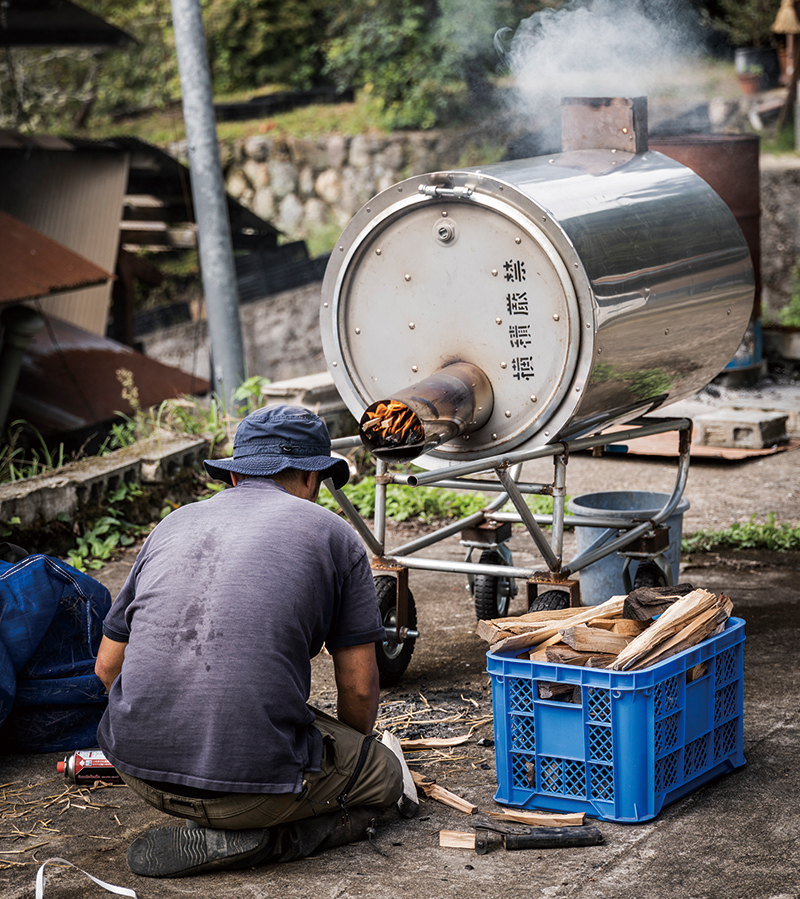
The used chopsticks are turned into biochar and returned to the soil. The specially-made carbonization apparatus makes biochar with a small amount of firewood
Possibilities of new actions facilitated by the J-Credit system that visualizes
CO2 emission reduction
Not only large companies but also small to midsize companies and local governments are currently being required to do their part in reducing greenhouse gas emissions. They can no longer focus only on their economic activities as they used to, as meeting targets to protect the environment and realize a decarbonized society is becoming an obligation.
In the J-Credit system, amounts of reduction and absorption of greenhouse gas emissions including CO2 emissions are quantified as government-authorized, tradable credit. Let’s say that a company installed energy-saving equipment and was able to reduce its CO2 emission. The amount of reduction is calculated and recognized as J-Credit that the company can sell to another company whose greenhouse gas emissions exceed the regulation-based limit. By buying the credit, the latter can compensate for that excess. The idea is to allow greenhouse gas emission levels within the country to be evaluated in balance through this trade. Besides energy saving, J-Credit can also be earned through efforts in areas such as renewable energy and forest management.
The J-Credit system has allowed the emission levels of greenhouse gases to be quantified and thus visualized (i.e., made into centralized data easy to compare, etc.), and this is facilitating sustainable actions by businesses. In addition, the tradability of J-Credit has generated positive economic effect.
In September 2020, the J-Credit system became appliable to the agricultural use of biochar. The condition is that the charcoal be made in an oxygen-free state with a temperature of 350°C or above. The Kakehashi project uses a specially-made charcoal maker with a maximum temperature of 900°C. Having completed a successful biochar production test using the chopsticks with cooperation from Mumokuteki Farm in Miyama, Kyoto Prefecture, the practical implementation is steadily underway.
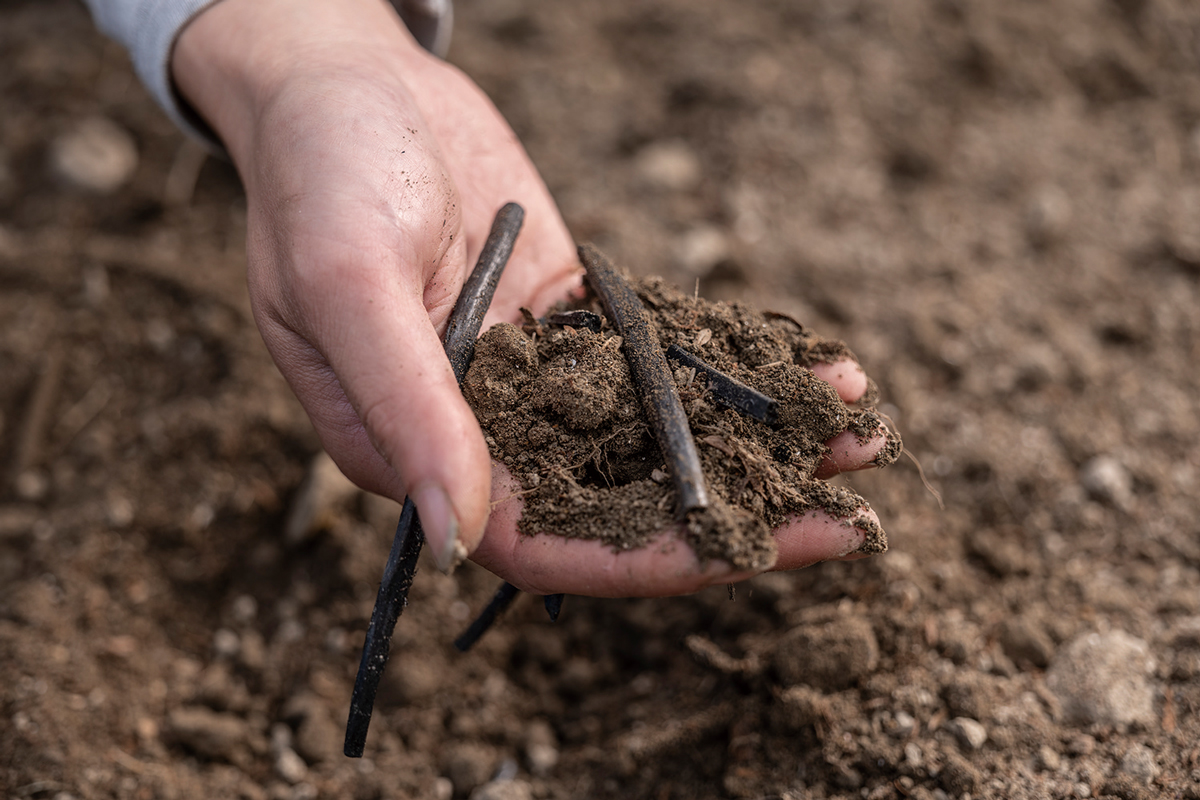
The biochar can be plowed into the field to improve the condition of the soil.
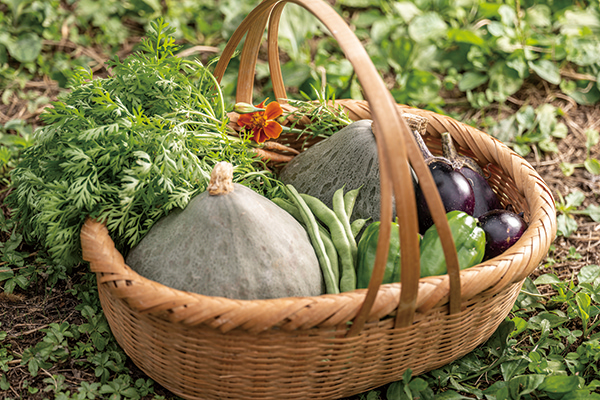
The circular use of resources continues by using this soil to grow delicious vegetables. Mumokuteki Farm is the first in Kyoto to participate in this project.
For more details about the Kakehashi project, visit:
https://ichizenhashi.com
Photos: Nakao Photo Office
Text: Eriko Fujita
